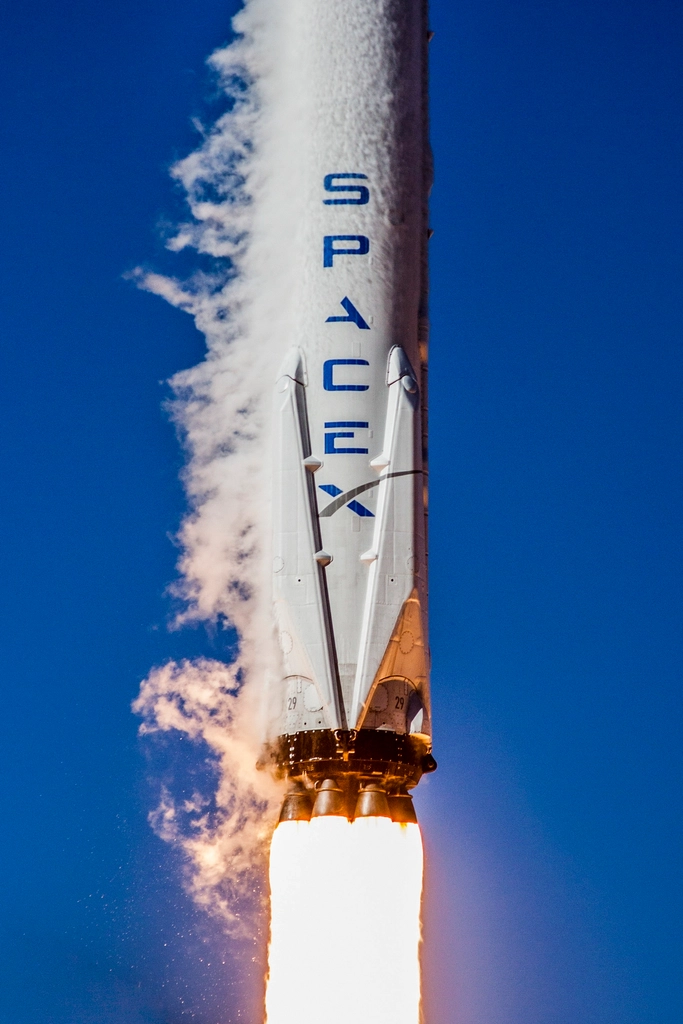The Dawn of Commercial Space Dominance
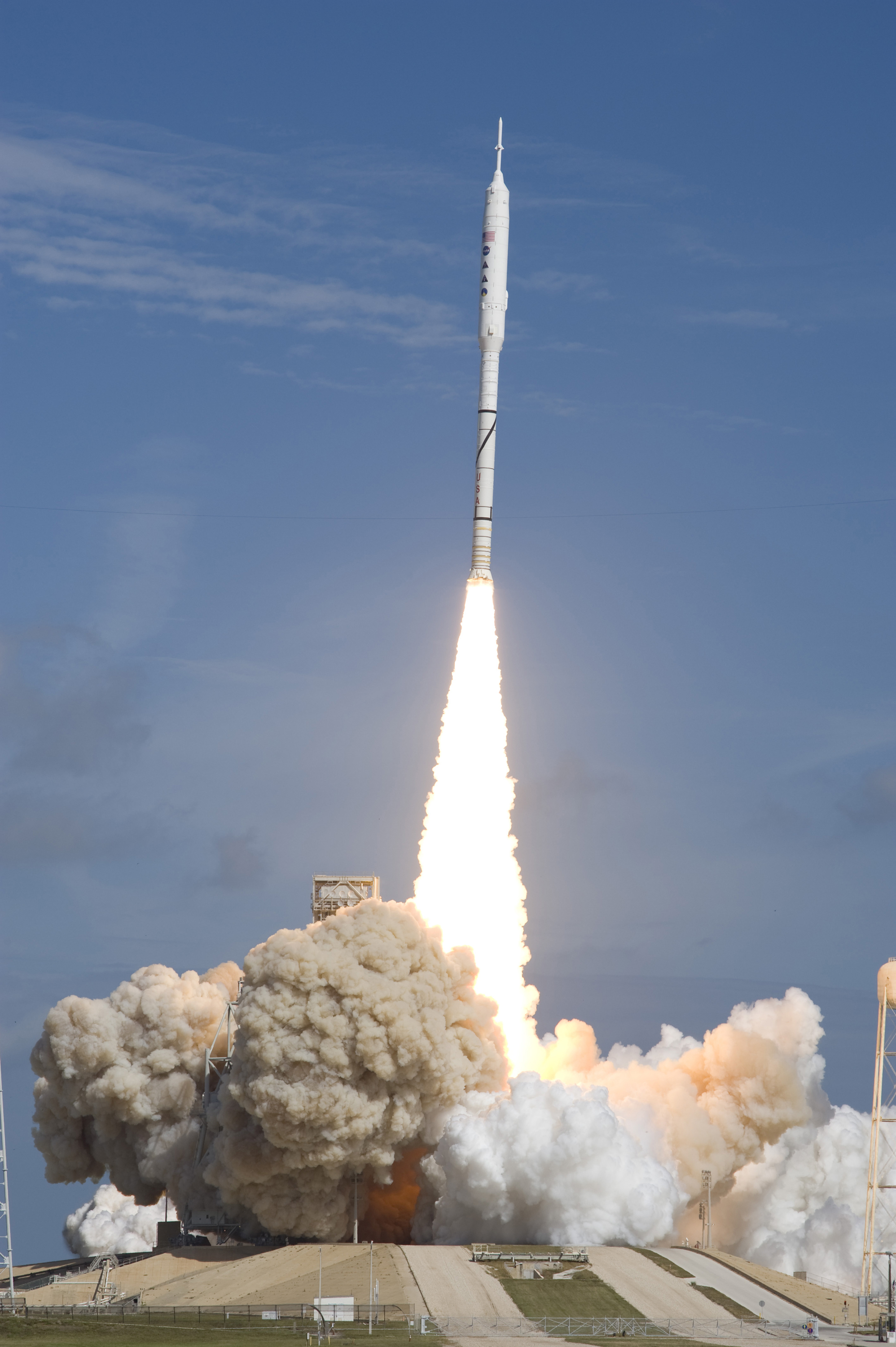
America’s space leadership isn’t just about government agencies anymore. In 2024, SpaceX solidified its position as the world’s leading launch provider, completing 138 missions, a 40% increase from the previous year. This astronomical figure represents more than just numbers on a spreadsheet – it’s a fundamental shift in how the world views American space capabilities. These launches accounted for over half of all global rocket launches, with the Falcon family of rockets performing 134 missions and the Starship system flying four times. The fact that a single American company can outpace entire nations in space launches demonstrates the revolutionary power of commercial space innovation. SpaceX also made great progress on its human spaceflight programs with Dragon and continued deploying its Starlink satellite constellation, which continues to expand its user base at an accelerated pace.
Starship’s Journey to Operational Status
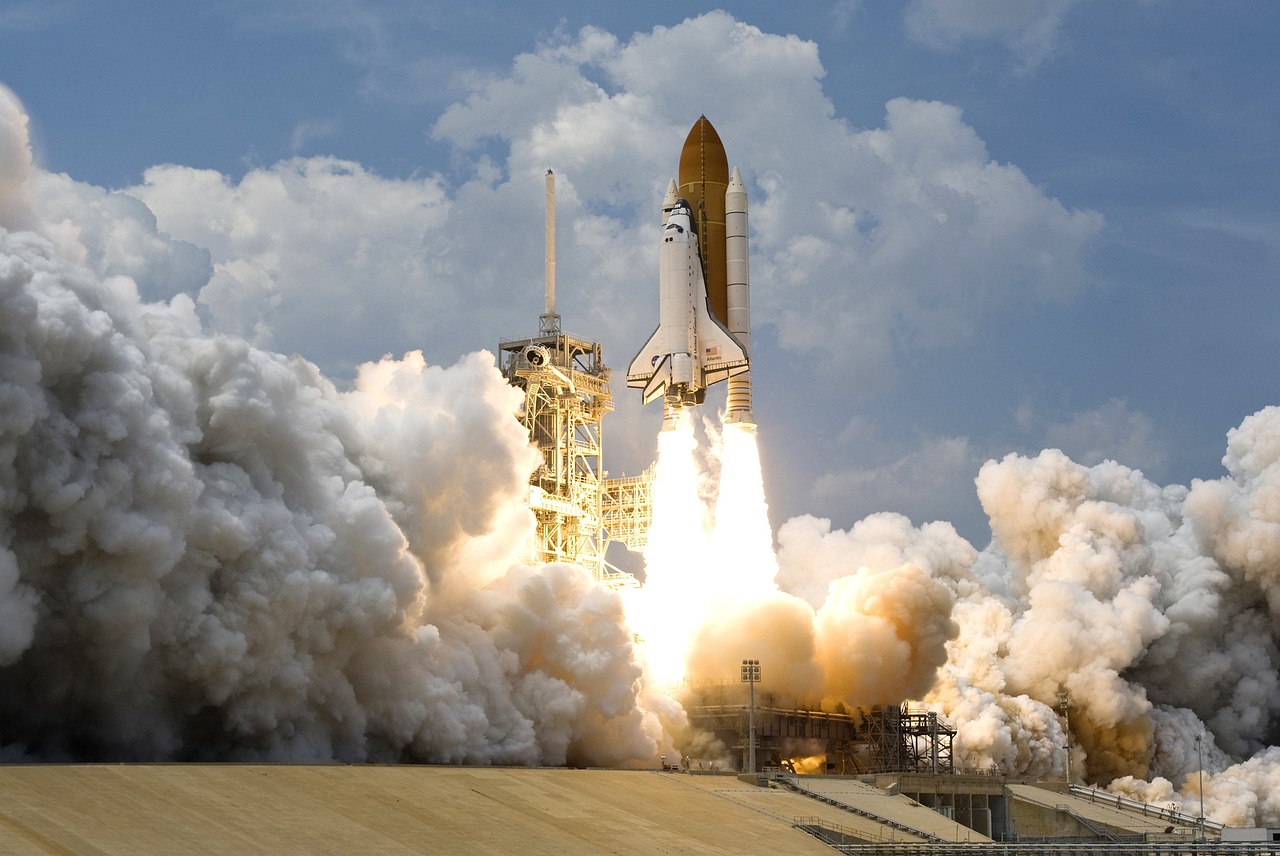
Starship also marked important milestones in 2024, including three successful reentries and the first return of a Super Heavy booster to the launch tower. This achievement wasn’t just a technical feat – it was a demonstration that America could develop the most powerful rocket system ever built while making it reusable. The company also launched its Starship rocket, the world’s most powerful rocket, four times — finally achieving the return of a Super Heavy booster to the launch site and acing three consecutive reentries of the Starship vehicle. The implications are staggering: if successful, Starship could revolutionize space access and cement America’s position as the undisputed leader in heavy-lift capabilities.
SpaceX aims to fly Starship up to 25 times in 2025 and has already started a tiered environmental assessment with the Federal Aviation Administration (FAA) to increase the number of launches allowed at Starbase per year from five to 25. This represents a five-fold increase in launch frequency – imagine the Apollo program launching not once every few years, but multiple times per month.
The Starlink Revolution Changes Global Communications

Starlink’s customer base doubled from 2.3 million users at the end of 2023 to 4.6 million users at the end of 2024. This isn’t just about internet connectivity – it’s about American technology becoming the backbone of global communications infrastructure. That same month, Starlink announced it had surpassed six million users, up from 4.6 million at the end of 2024. The growth trajectory is remarkable, with an average of over 200,000 new users each month. Starlink is the largest satellite network ever assembled; it consists of more than 7,500 active spacecraft at the moment.
What makes this particularly significant is how Starlink is reshaping global power dynamics. Countries that previously relied on terrestrial infrastructure or foreign satellites now depend on American-built and operated satellites orbiting overhead. In June, Starlink also received licensing approval to commence commercial operations in India, the world’s most populous country.
Breaking Manufacturing Records in Space Technology

The sheer scale of American space manufacturing has reached unprecedented levels. “We have a second stage coming off the production line every two and a half days,” Mason said. Think about that for a moment – America is now producing rocket upper stages faster than most countries can build cars. SpaceX also set new records for pad and booster turnaround times, with some Falcon 9 boosters returning to service in under two weeks. Notably, booster B1080 achieved a 13-day turnaround, almost halving the previous record. This rapid reuse capability gives the United States a competitive advantage that other nations struggle to match.
Starlink expanded to 27 new markets, and SpaceX started mass producing Starlink user terminals at the company’s new factory in Bastrop, Texas. The industrial capacity being built in Texas represents a new kind of manufacturing prowess – one focused on space technology rather than traditional industries.
The Artemis Challenge: America’s Return to the Moon

As of May 2025, the crewed Artemis II launch is expected to take place in early 2026, the Artemis III crewed lunar landing is scheduled for mid-2027. The delays are frustrating, but they reflect the complexity of returning humans to the Moon after more than 50 years. Artemis III (2027) is planned to be the first American crewed lunar landing since Apollo 17 in December 1972. The gap between Apollo and Artemis represents the longest hiatus in American lunar exploration – a period that allowed other nations to catch up.
Artemis is more than just a return to the Moon; it is a test of America’s ability to sustain long-term space exploration in the face of growing global competition. In a new space race to land on the moon’s water-rich south pole, which could be used as a future source of fuel, the Artemis program is part of the United States’ plan to reach the moon before China, which announced a program to reach the moon by 2030 and establish a southern lunar research base by 2040.
International Partnerships Reshape Space Diplomacy
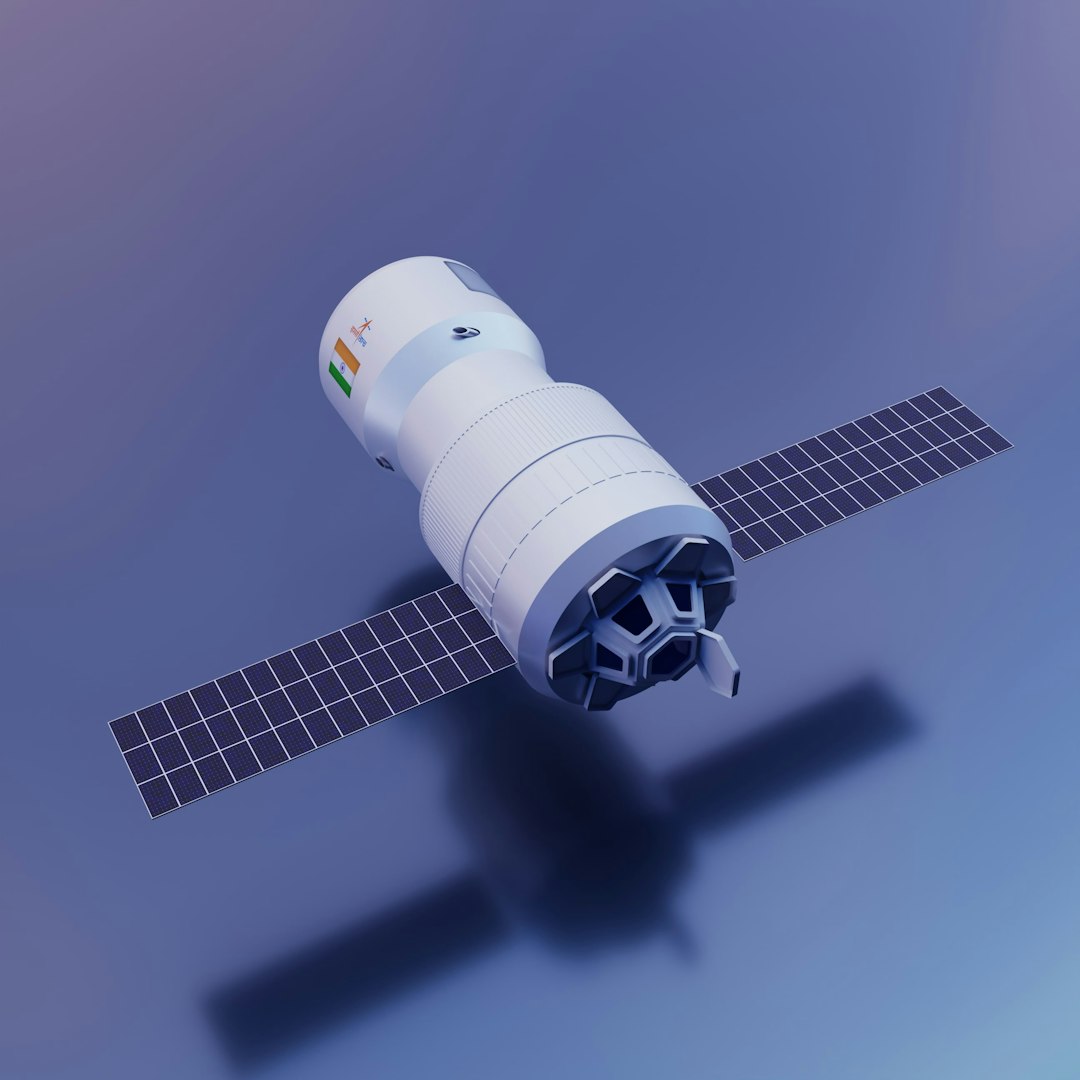
President Joe Biden’s announcement in April 2024 that Japanese astronauts will join an upcoming Artemis mission marked a significant milestone. For the first time, a non-American will set foot on the moon, marking a new era of international cooperation in space exploration. This decision fundamentally changes the narrative of space exploration from national competition to international collaboration under American leadership. The U.S. has prioritized the African continent’s space economy, with Rwanda, Nigeria, and Angola all joining the Artemis Accords.
The U.S. Department of State released its first Space Strategic Framework in 2023 and began their annual Space Diplomacy Week to expand the base of likeminded space faring nations and outlines how we can promote responsible behavior from all space actors. This represents a new form of diplomacy – one conducted through space partnerships rather than traditional treaties.
China’s Challenge to American Space Leadership

50 years later in 2019, another lunar milestone unfolded on TV when China became the first and still only country to land a probe on the far side of the Moon. In June, China’s Chang’e 6 mission went even further, returning samples from the same region that will help scientists understand the evolution of our solar system. China’s achievement represents the first time another nation has accomplished something in space that America hasn’t done first since the Soviet Union’s early successes. It was a big victory for President Xi Jinping’s eternal dream of making China a leading space power, challenging Russian and U.S. dominance.
China has poured massive resources into its space program in recent years. In 2013, it completed a robotic Moon landing; 2020, sent a rover to Mars; and in 2022, it built its space station Tiangong after they were banned from the ISS. The systematic nature of China’s space program poses a direct challenge to American leadership in ways that the Soviet Union never achieved during the original Space Race.
The Space Force Evolution and National Security
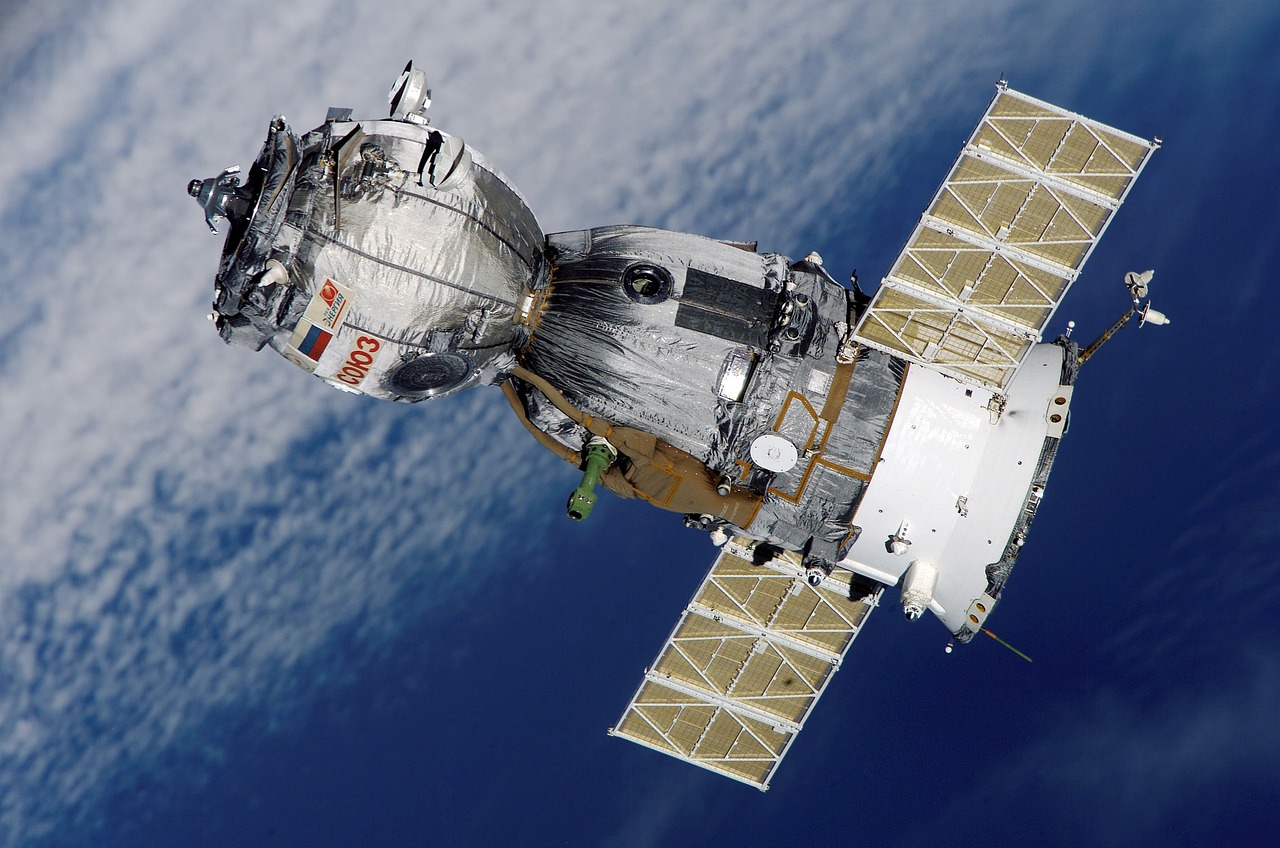
The U.S. Space Force enters its fifth year amid heightened threats to the nation’s space assets, rising geopolitical tensions and technological challenges. The creation of the Space Force represents America’s recognition that space is now a contested domain requiring dedicated military focus. The Space Force in 2024 is expected to select rocket companies for the high-stakes National Security Space Launch Phase 3 procurement which could reshape the launch market now dominated by SpaceX. This competition will determine how America launches its most sensitive national security payloads.
Satellite firms also eagerly await more contracts from the Space Development Agency this year to continue building out the Pentagon’s proliferated constellation of low Earth orbit satellites designed to deliver tactical data to warfighters across the joint force. These military satellites represent a new generation of space-based capabilities that could fundamentally alter how wars are fought and intelligence is gathered.
Commercial Space Industry Transforms Launch Capabilities
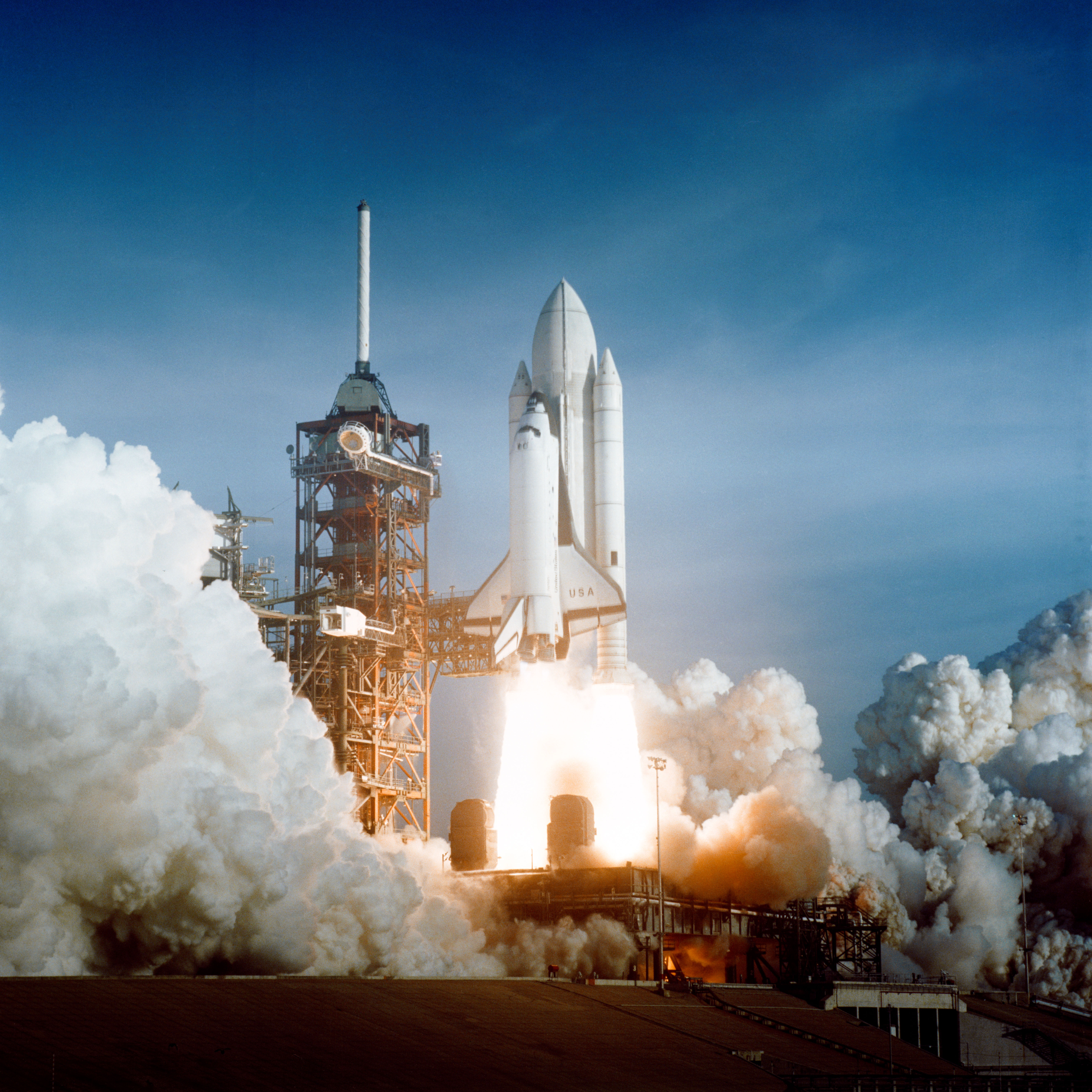
2024 saw new world records for orbital launch attempts and successful orbital launches for the fourth consecutive year. Notable milestones included the successful maiden launches of the American Vulcan Centaur and China’s Gravity-1, and Long March 12 rockets. The diversity of successful launch systems demonstrates that America’s space industry has moved beyond relying on a single launch provider. Rival United Launch Alliance on Jan. 8 achieved a pivotal milestone with the successful first launch of its new Vulcan Centaur rocket. The certification of Vulcan — which requires a second successful mission — and getting it to fly on a regular cadence is of huge importance to the Space Force that selected the vehicle in 2020 to launch more than half of all national security missions.
In September, the private Polaris Dawn mission made history by performing the first commercial spacewalk, during which two crew members exited their Crew Dragon spacecraft. This mission set a new record for the number of individuals—four—simultaneously exposed to the vacuum of space. This achievement represents a fundamental shift from government-only human spaceflight to commercial human space activities.
The New Space Race Dynamics
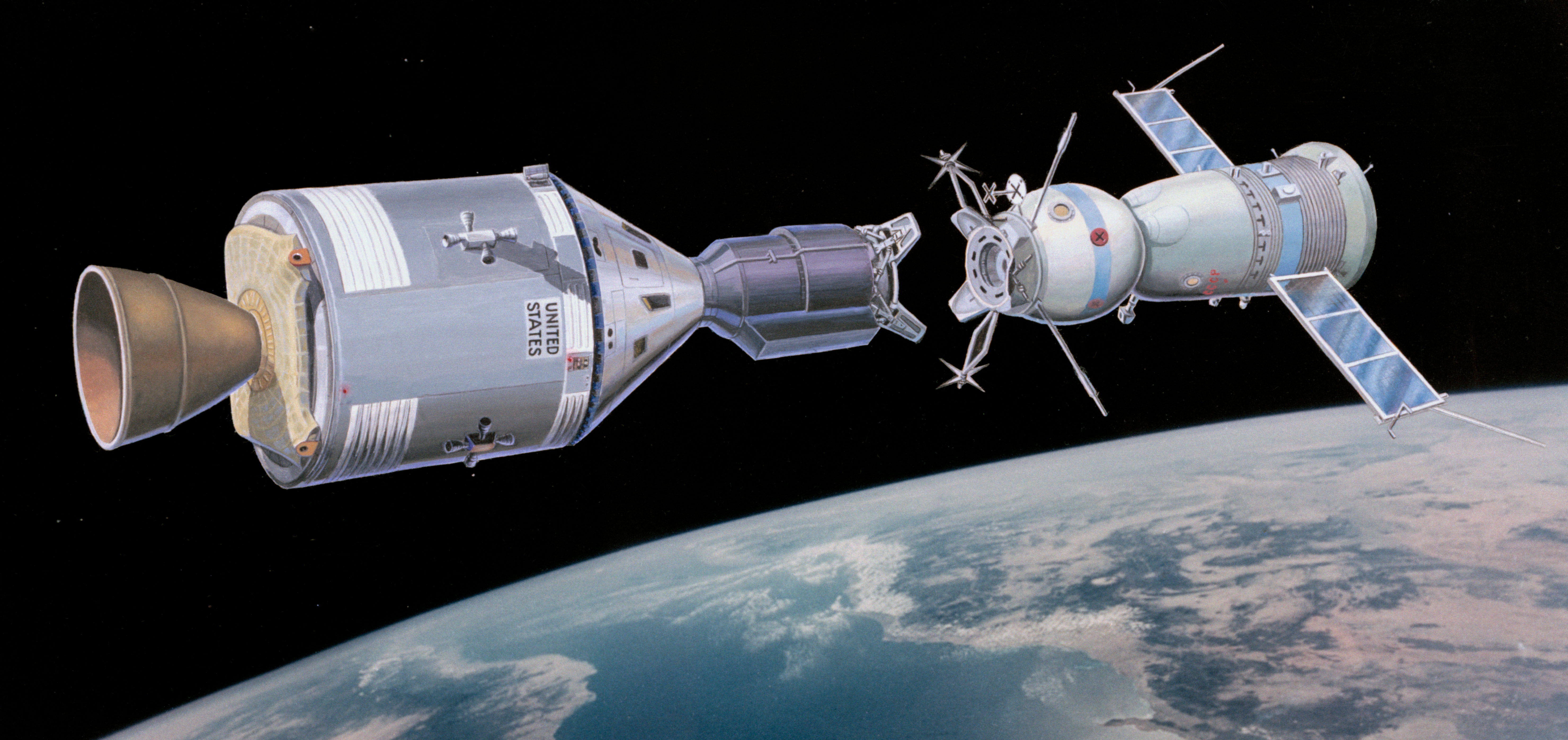
The space race of the 20th century, characterized by rivalry and high barriers to entry, has transformed. The space race of the 20th century, characterized by rivalry and high barriers to entry, has transformed. The playing field has widened and the absence of traditional gatekeepers in space opens unparalleled opportunities for collaboration. Unlike the Cold War era, today’s space competition involves multiple nations, commercial companies, and international partnerships. However, space is not a unipolar system, and rival coalitions and alternative norms are emerging across the Global South.
China’s success could push the U.S. to invest more in space exploration. So maybe it’s the perception of competition that will bring the U.S. space program into a new era of discovery. This competitive pressure is driving innovation and investment in ways that purely collaborative efforts might not achieve.
Manufacturing and Production Milestones
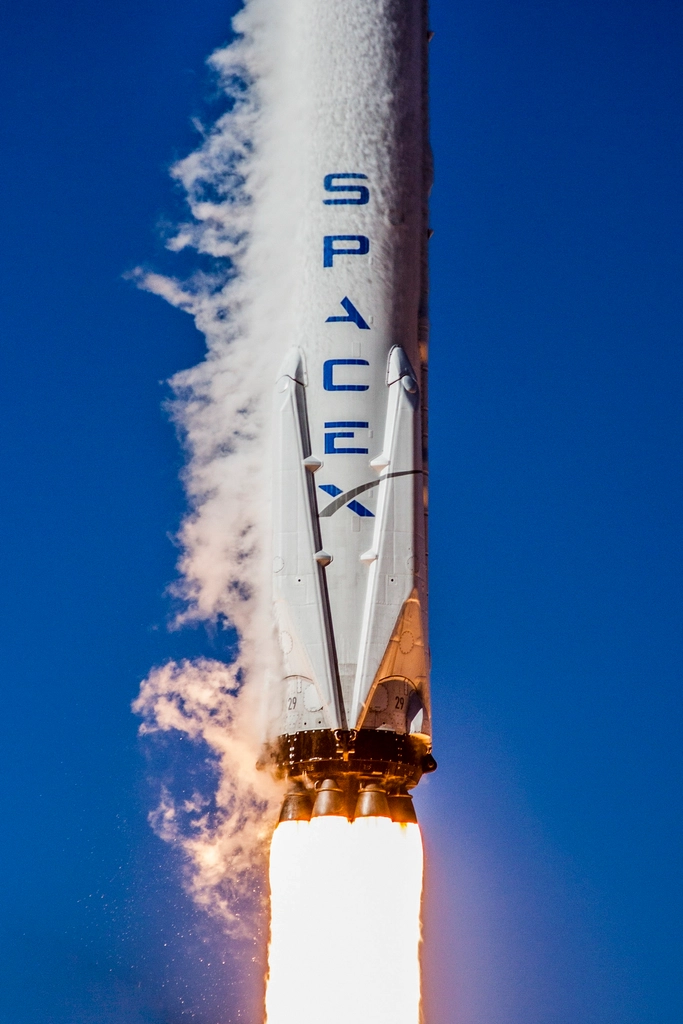
Moreover, the company launched more than any other entity in the world in Q1 2025, with China trailing behind SpaceX at 17 missions. The gap between American and Chinese launch capabilities has widened dramatically, with SpaceX alone launching more than twice as many missions as China’s entire space program. In May 2025, SpaceX matched its current record for the most launches in a calendar month, first set in November 2024, with 16 launches. The company also set the highest average monthly cadence for any quarter thus far, managing to complete 15 launches per calendar month on average.
As of the time of writing, Falcon 9 has successfully completed 148 missions since that failure, something that, for any other rocket, would be an unprecedented streak of successful flights. However, this streak of successes does have precedence for Falcon 9 as it is less than half the length of the streak of successes the rocket achieved before Starlink Group 9-3, which stood at 335. This reliability record demonstrates American engineering excellence and quality control systems.
Technology Leadership and Future Prospects
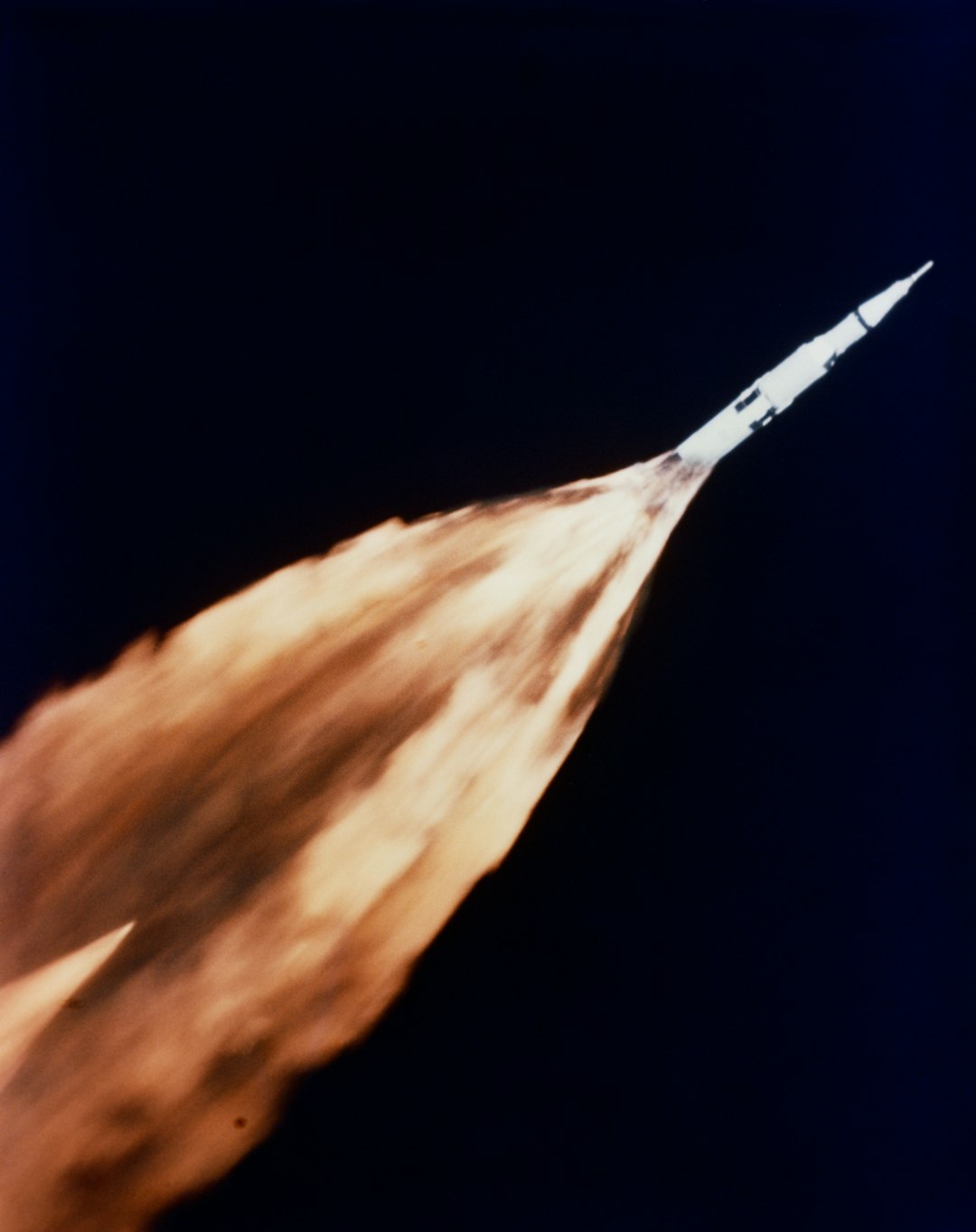
The 400-foot-tall (122 meters) Starship is the biggest and most powerful rocket system ever built, and it’s designed to be fully and rapidly reusable. SpaceX believes this combination of brawn and efficiency is the key breakthrough that will allow humanity to achieve a variety of spaceflight feats — including the settlement of Mars, a long-held dream of company founder and CEO Elon Musk. The development of Starship represents America’s bet on revolutionary rather than evolutionary space technology. And 25 Starship flights per year is far from the horizon goal; the company plans to continue ramping up the rate in 2026 and beyond. “Elon would say, next year he would love to have us have 25 missions a year, and in the next few years, 100,” Kathy Lueders, general manager of SpaceX’s Starbase operations, said.
SpaceX wants to launch as many as 180 rockets in 2025, a number that would have been unimaginable just a decade ago. This ambitious target reflects the maturation of American commercial space capabilities and the potential for sustained high-frequency space operations.
The Global Impact of American Space Dominance

The space race milestones of 2024 and 2025 have fundamentally altered America’s position in the world. SpaceX’s dominance in 2024 underscores its pivotal role in shaping the global space industry. By reducing costs, improving turnaround times, and demonstrating consistent reliability, the company is setting benchmarks that challenge competitors and expand access to space. America’s space capabilities now extend far beyond government programs to include commercial enterprises that outperform most national space agencies. Allen Cutler, president of the Coalition for Deep Space Exploration, warns that if the U.S. abandons Artemis, it would cede the setting of global norms for lunar exploration to China, diminishing America’s influence in space.
The transformation is remarkable: America has moved from a government-dominated space program competing against the Soviet Union to a hybrid model where commercial companies work alongside government agencies to maintain technological superiority. This new model has proven more dynamic and capable of rapid innovation than traditional approaches, positioning America to lead the next phase of human space exploration while other nations struggle to keep pace.
What does this mean for the future? America’s space dominance in the 2020s isn’t just about rockets and satellites – it’s about establishing the rules and norms that will govern humanity’s expansion into space for generations to come.

